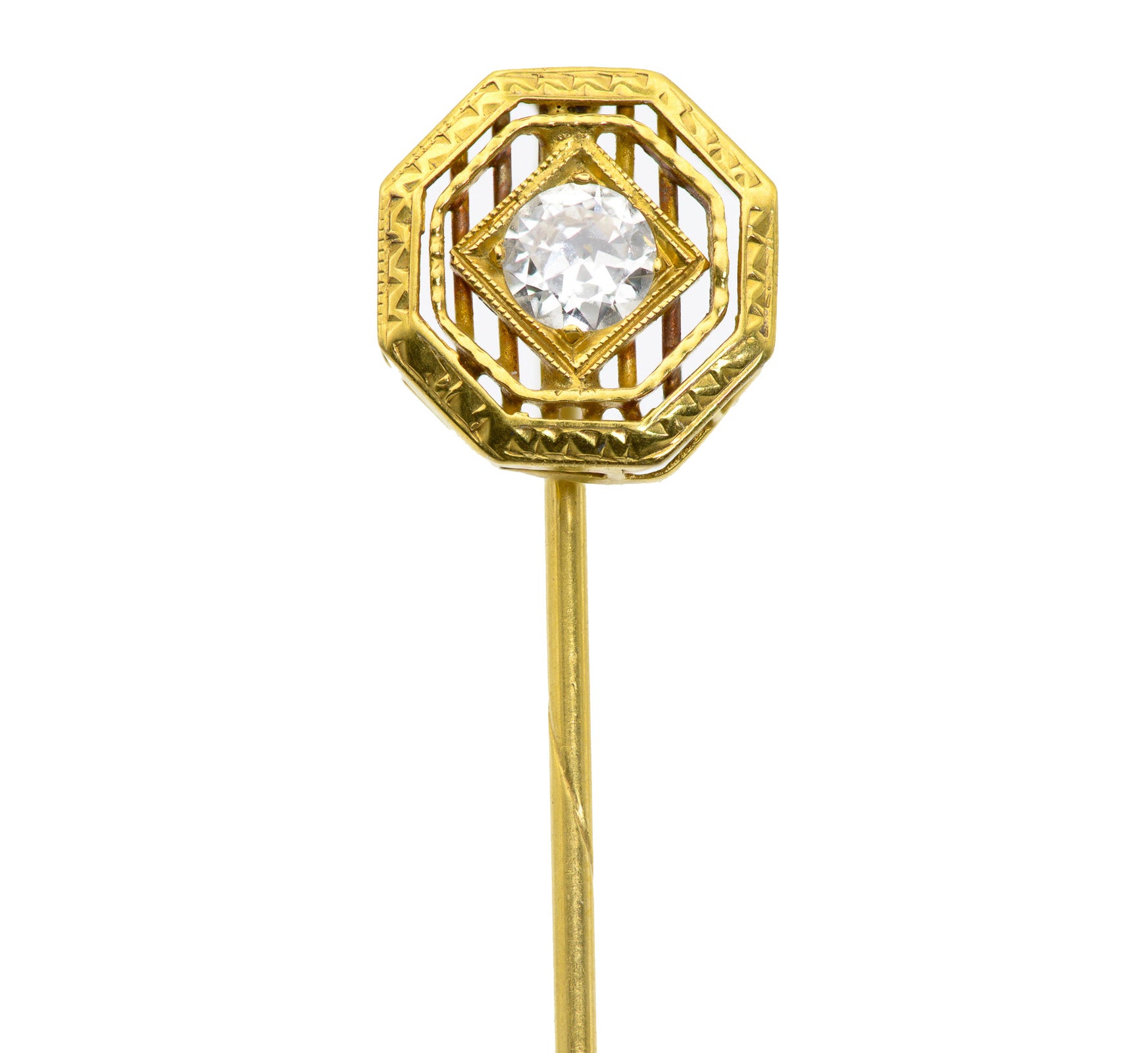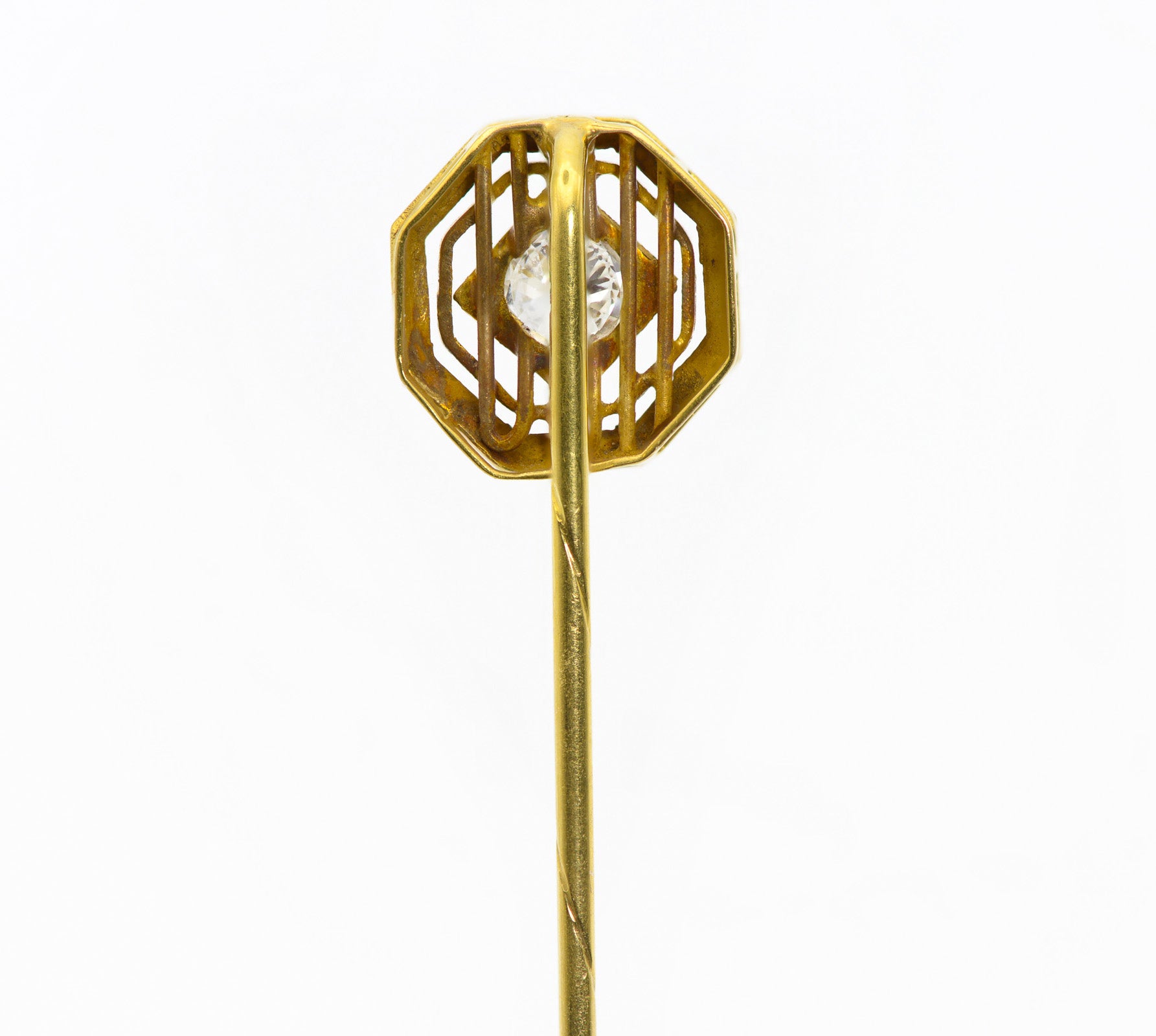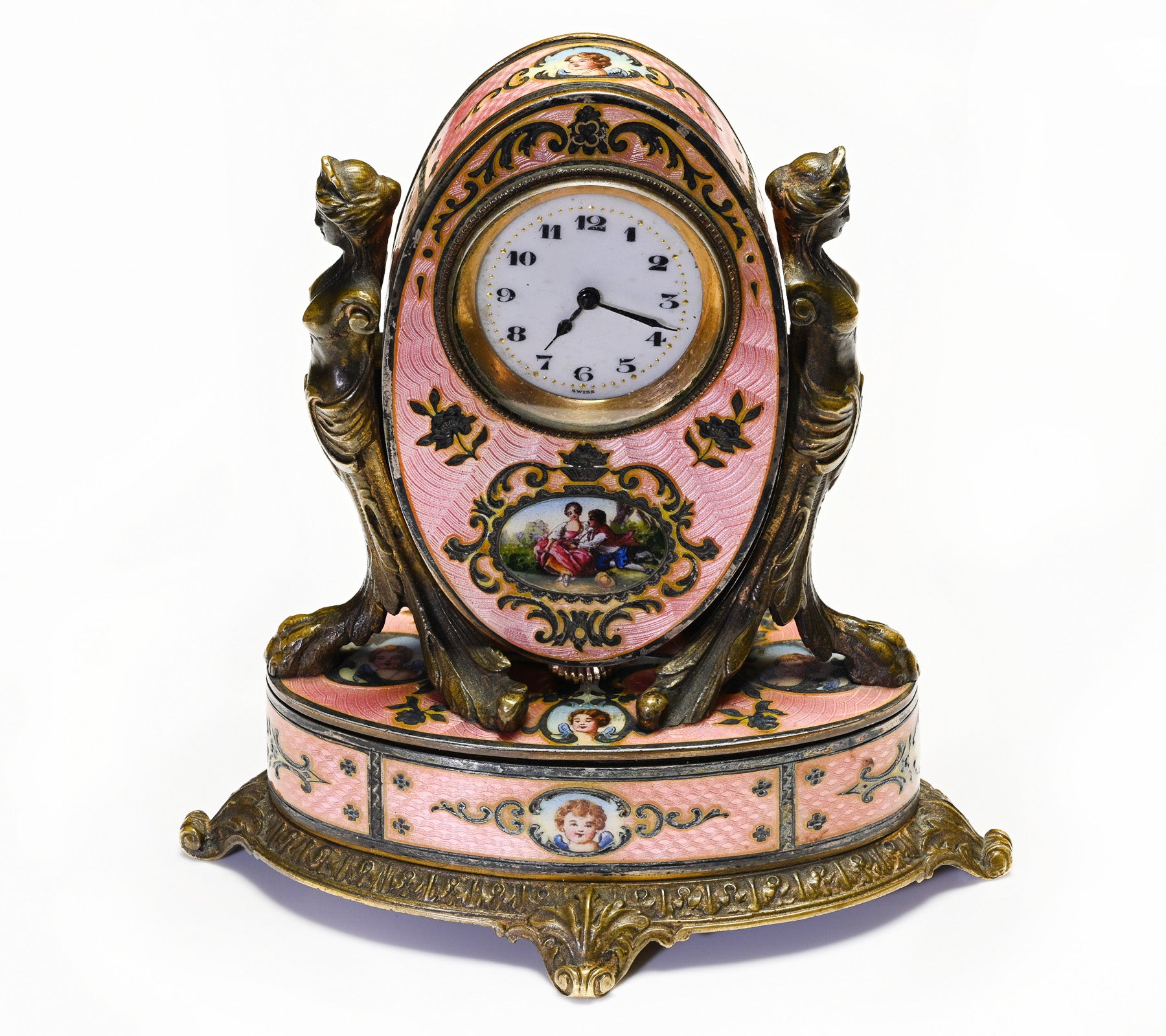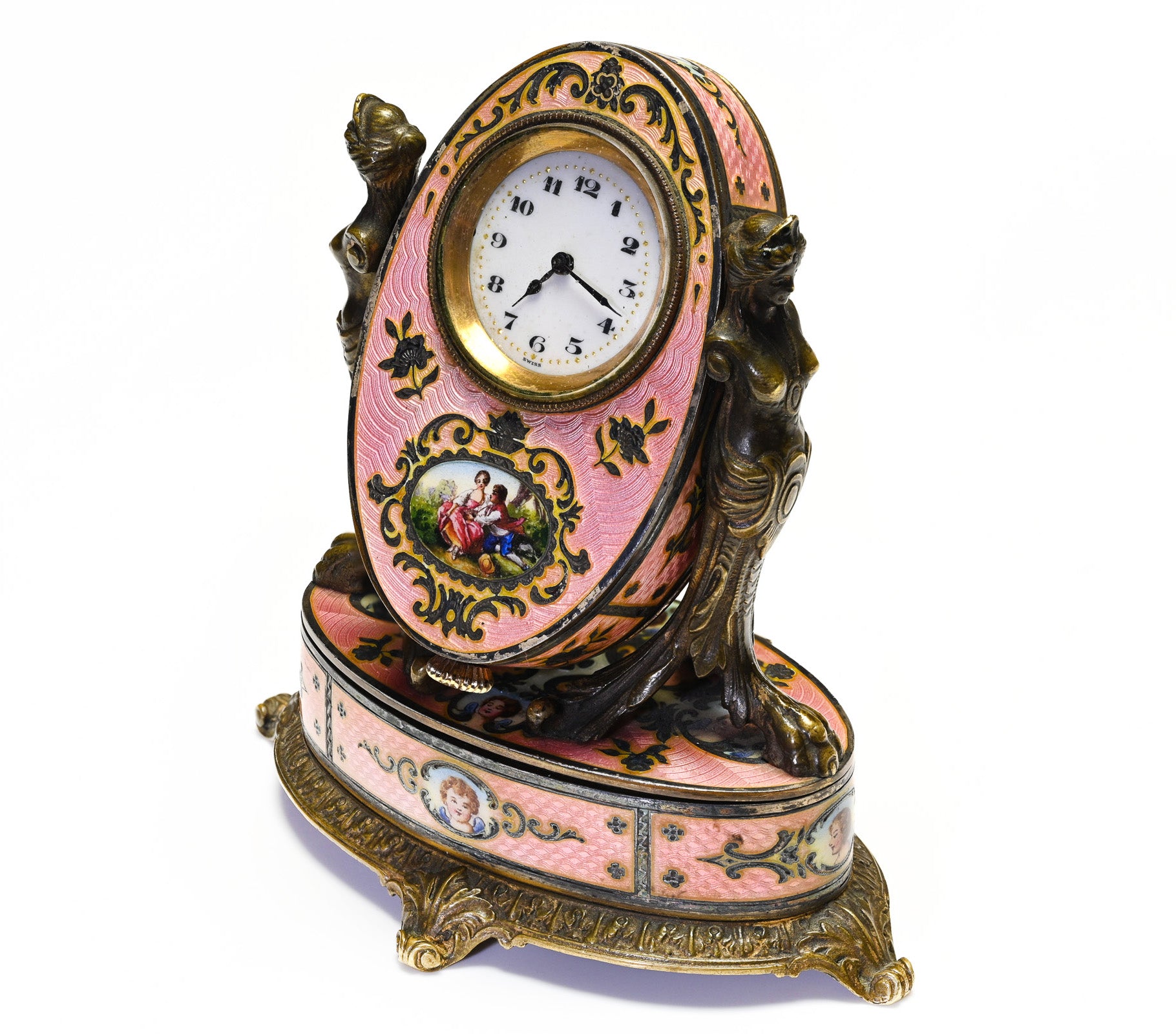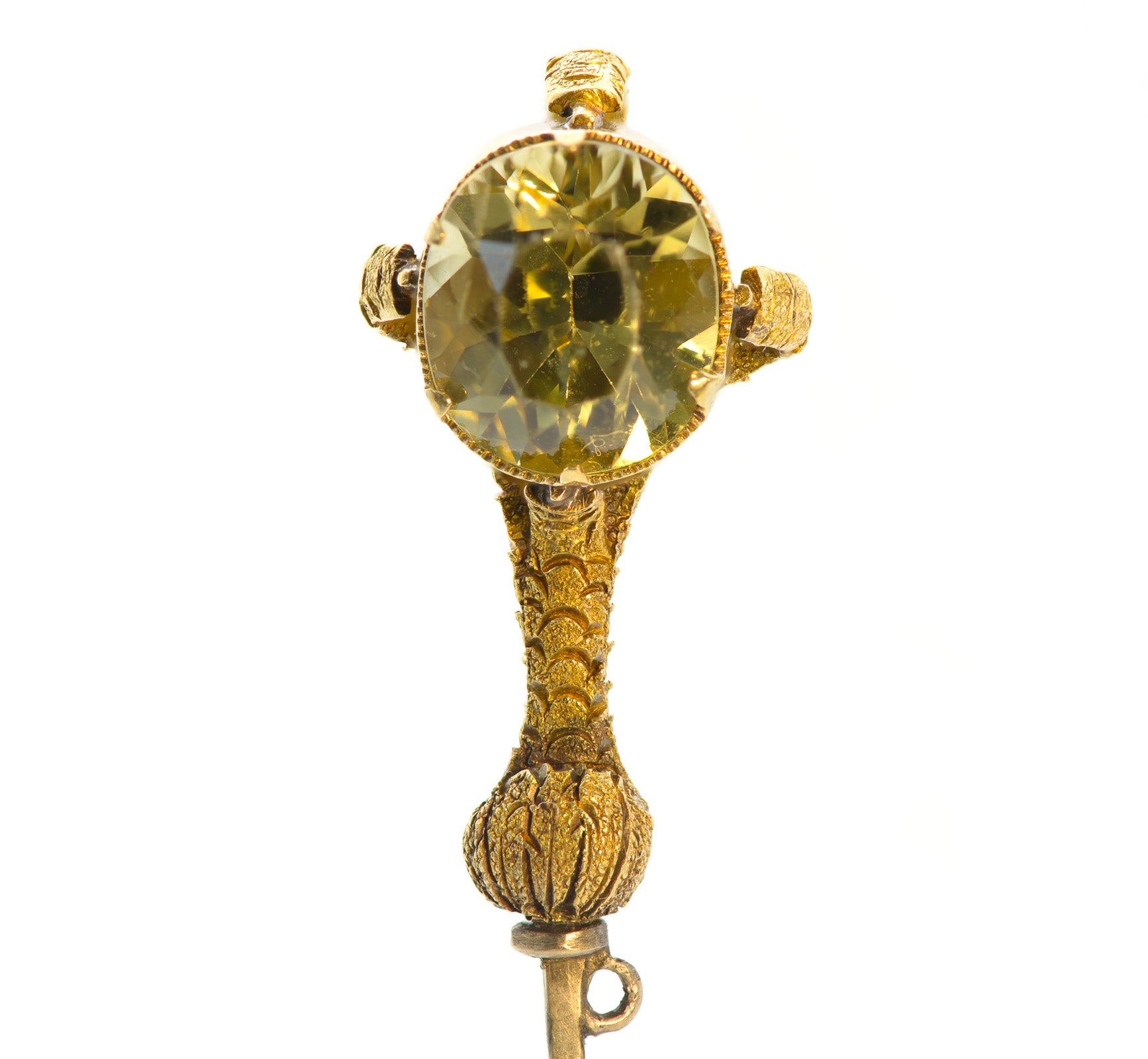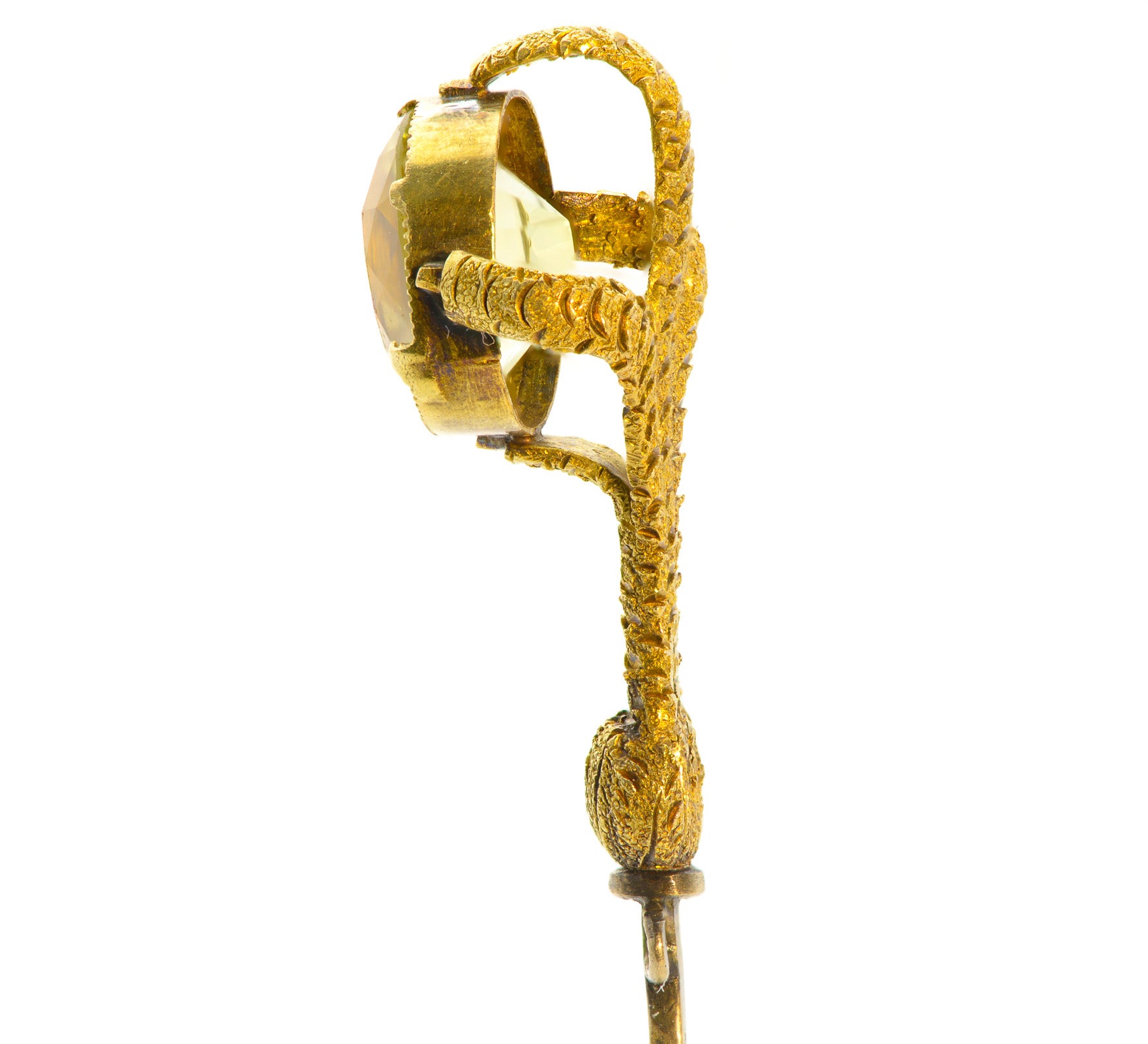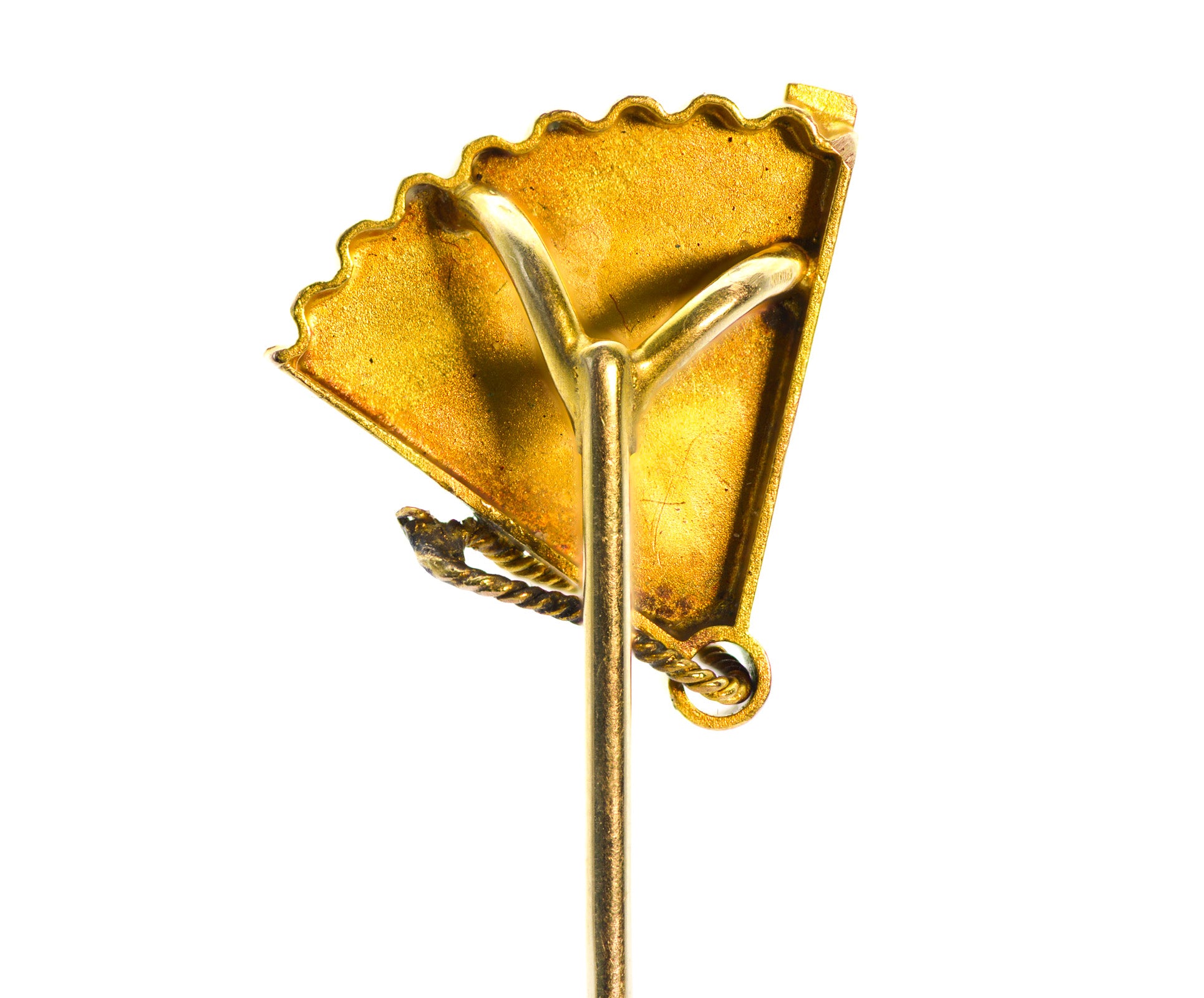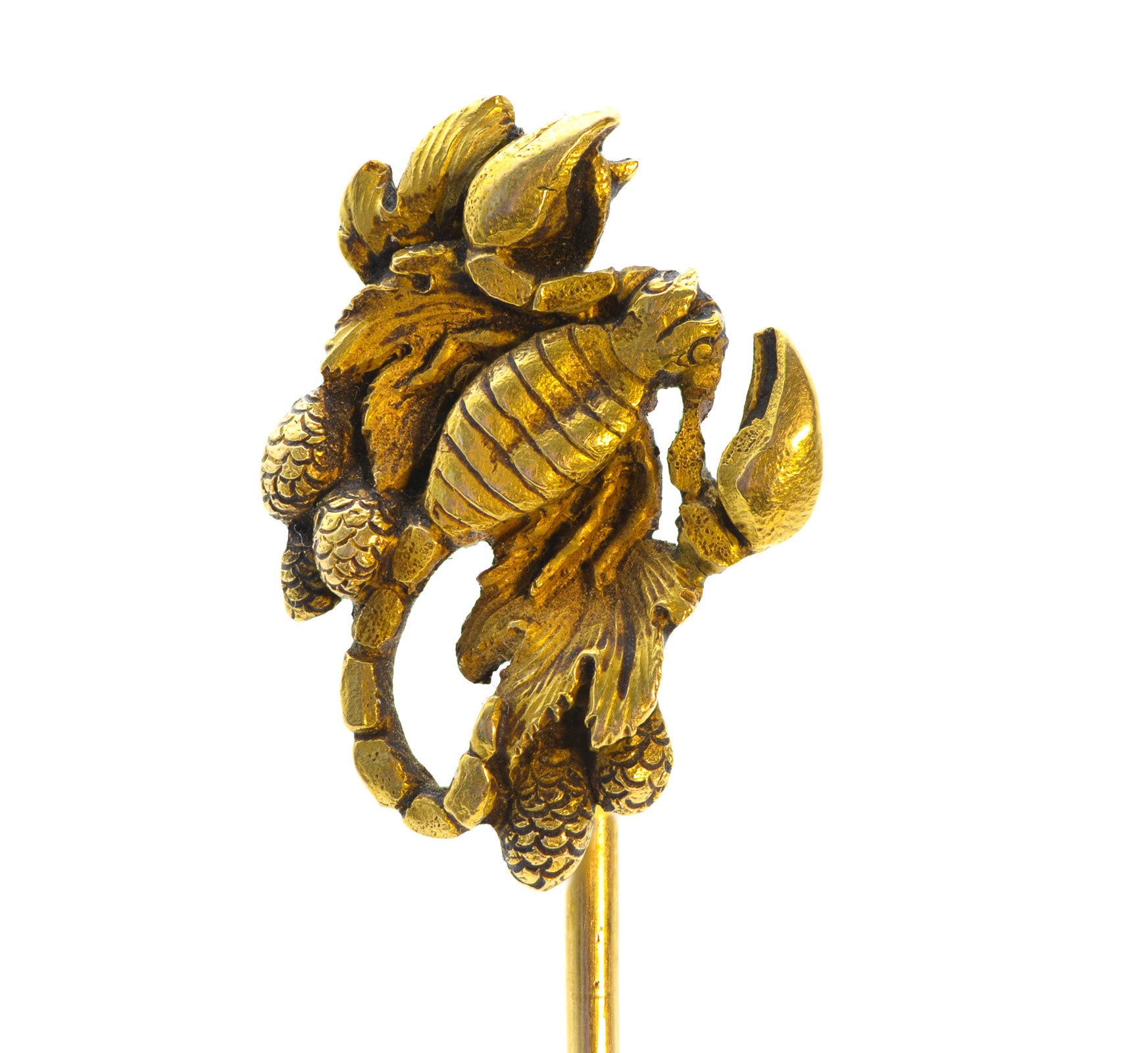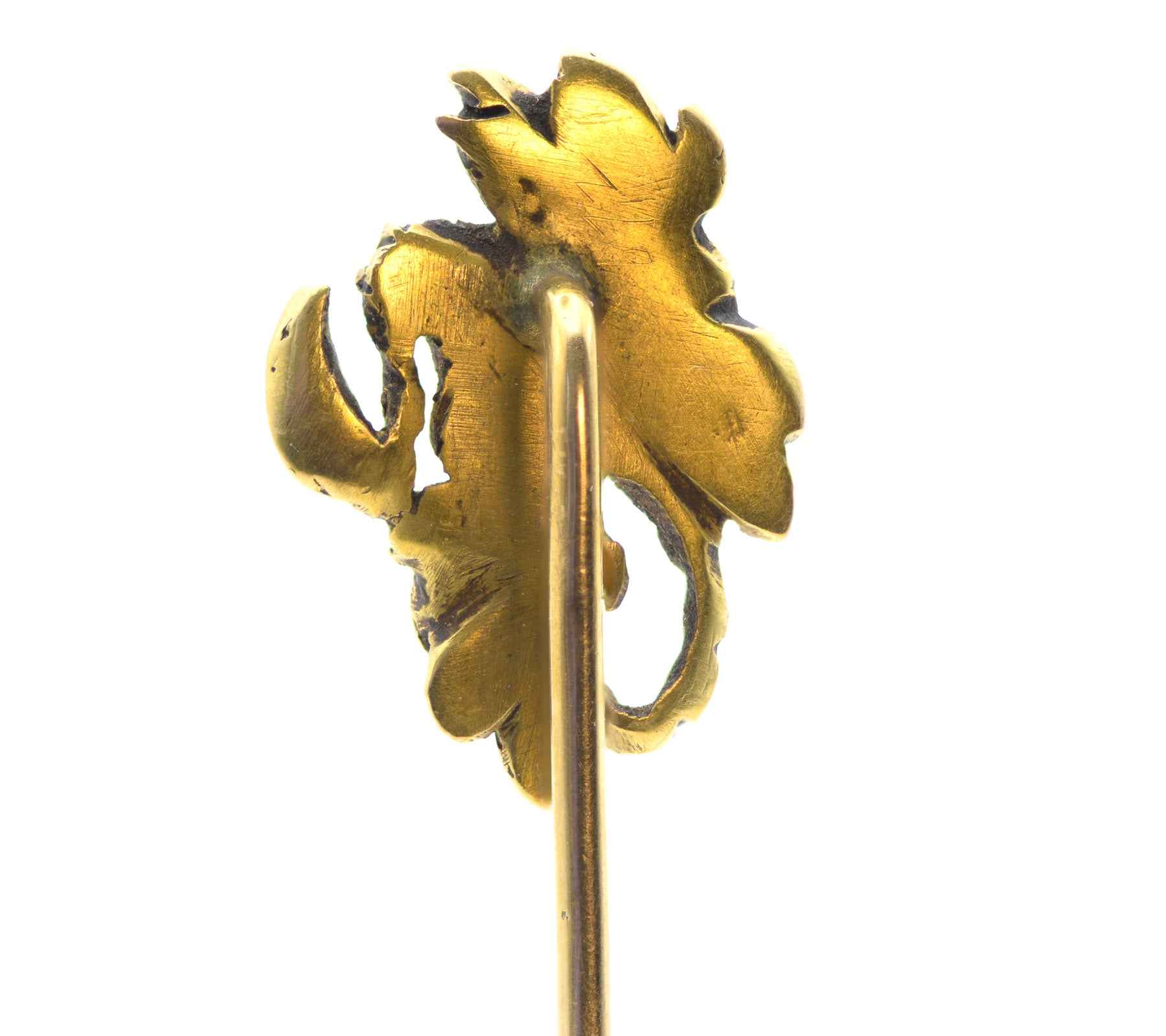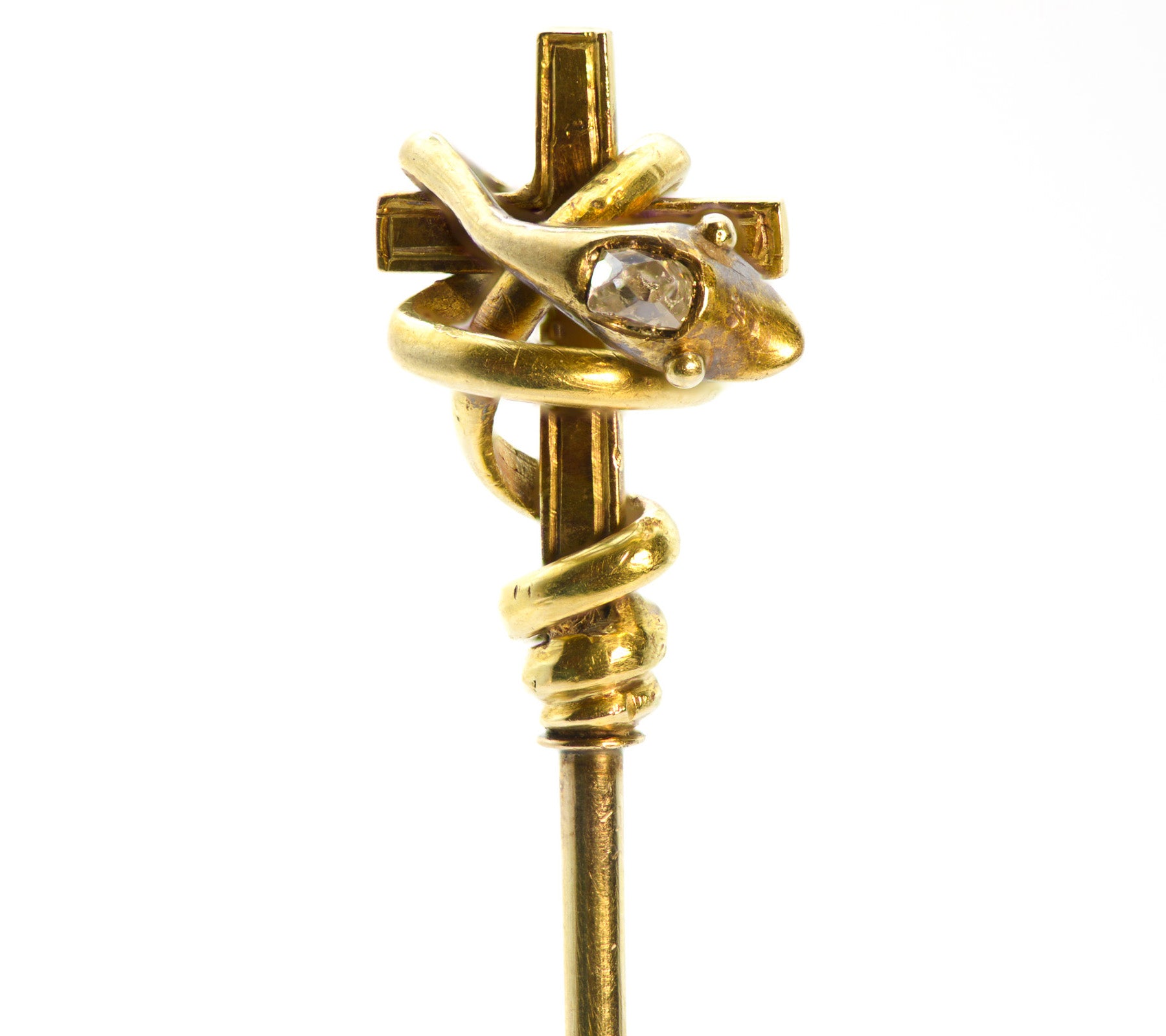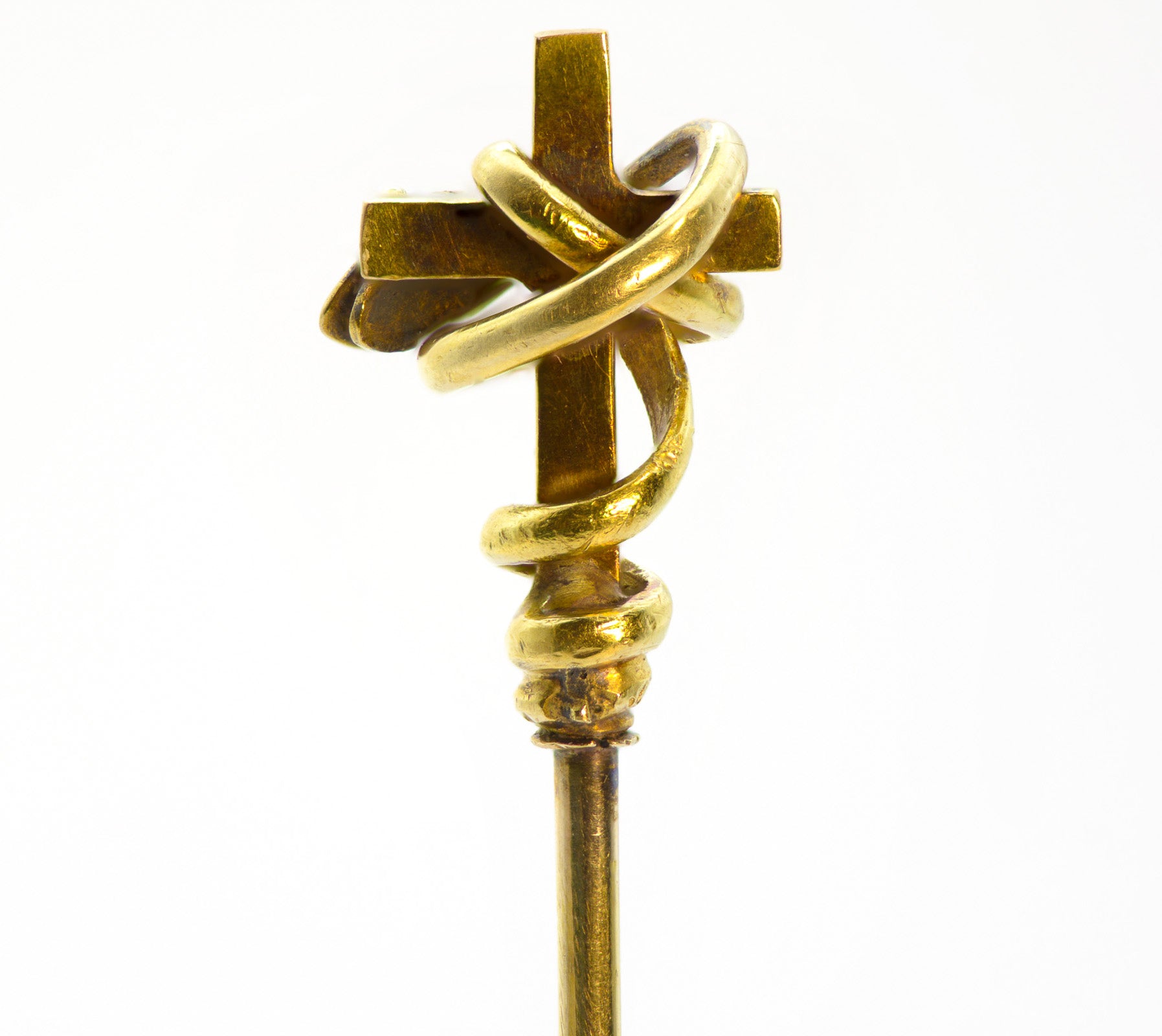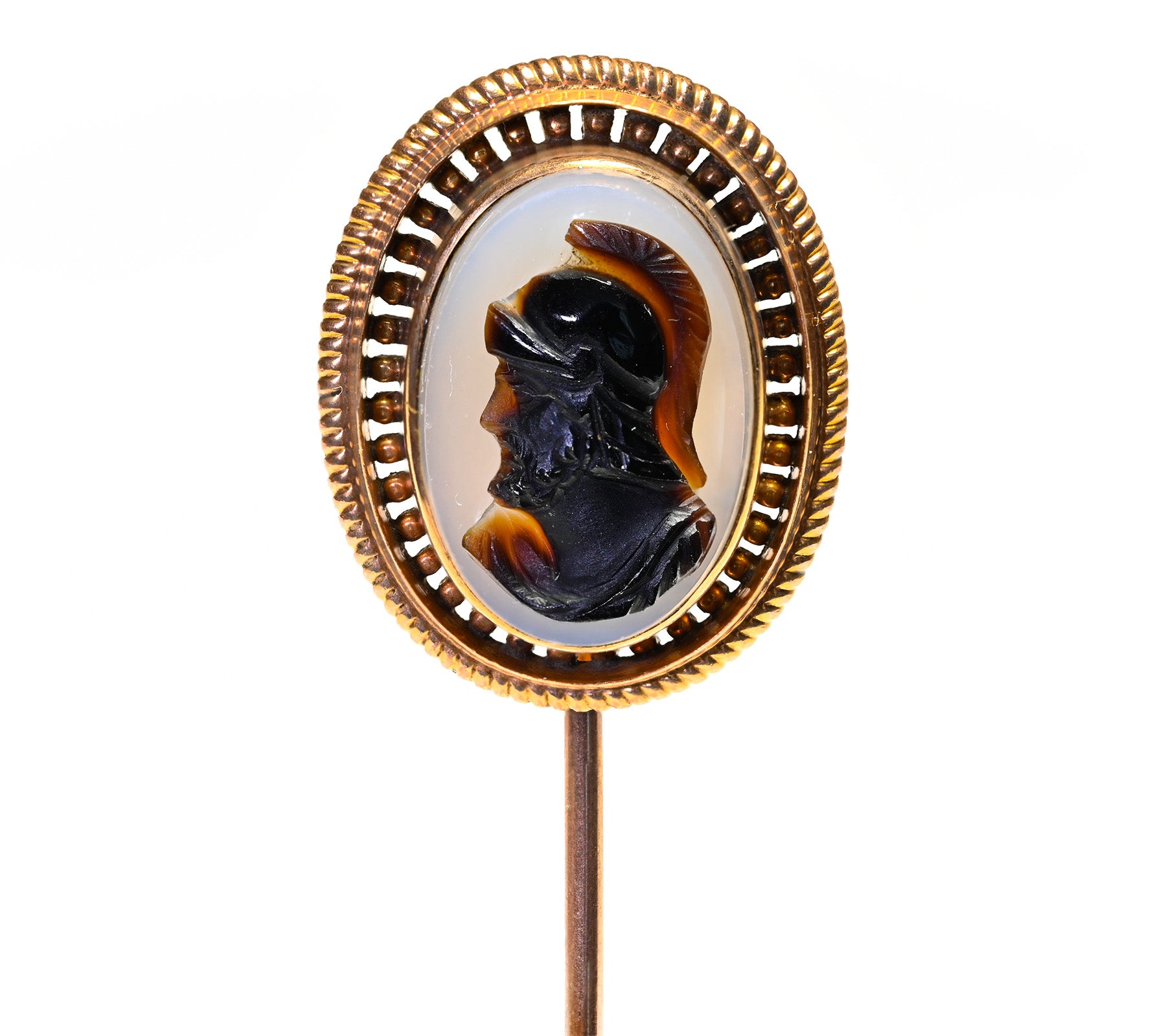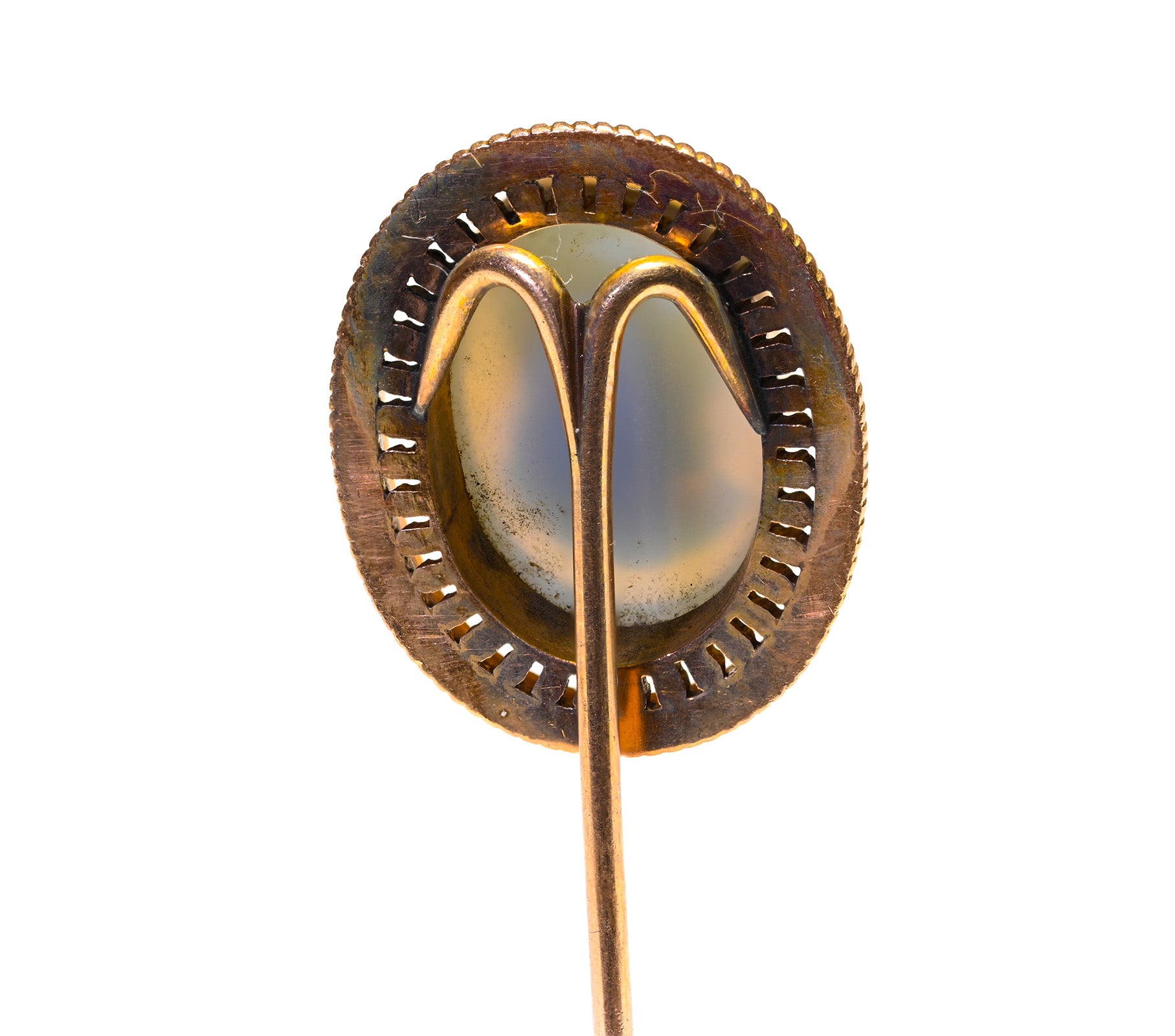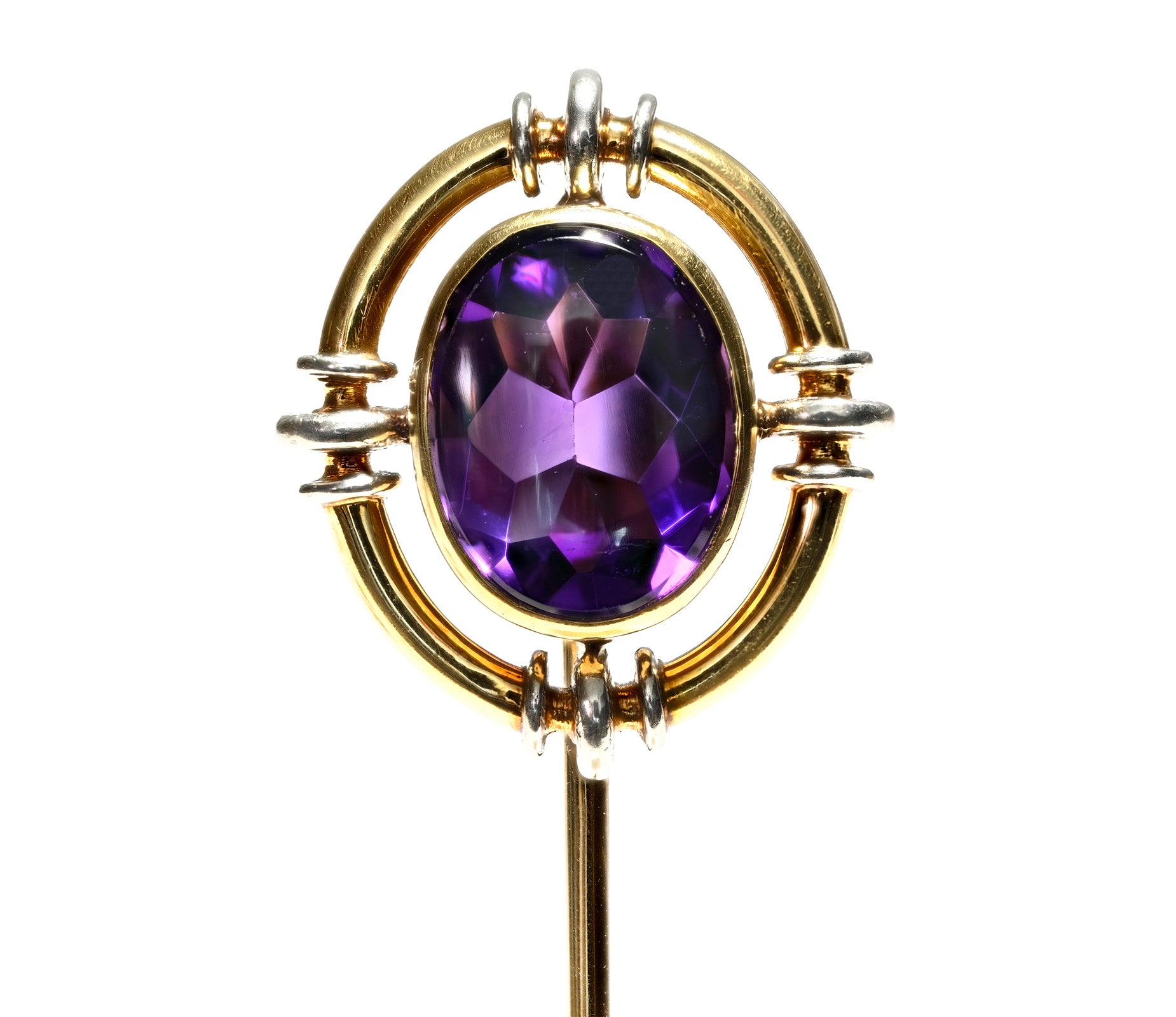
The Luxury Food Banned By King Charles In British Royal Residences
Some of the most important scientific discoveries mankind has ever made were due to chance. Here are seven of them from the field of medicine!
Time and time again, the unexpected has shown it can play an important role when it comes to great scientific discoveries.
Some discoveries in medicine and biology have come about by chance, which does not rule out the long research work that preceded them. A few centuries ago, such an accident led to radical changes in the way wounds were treated, according to The Epoch Times.
Some Of The Most Important Scientific Discoveries Due To Chance
1. The Father Of Surgery
We know that in the Middle Ages wounds and injuries caused in battle or by accident were burnt with red iron, then greased and dressed with hot oil to avoid infection.
In 1536 the surgeon Ambroise Pare, called in to burn the wounds of some fighters, left the necessary instruments at home. Having to act quickly, he made a mixture of egg white, rose oil, and turpentine with which he dressed the wounds.
"I was worried all night," Ambroise Pare writes in his diary.
"I feared my patients would die by blood poisoning. To my amazement, I found them the next day peaceful, and relieved, saying they slept well, unlike those whose wounds I burned and racked with pain. At that moment I made up my mind not to burn the wounds anymore."
And so it was that one incident was the basis of a breakthrough in surgery. But the news spread very slowly, unfortunately, because the means of communication between people were poor at the time. When people learned of this discovery, they called Ambroise Pare the "father of surgery".
2. The Discovery Of Penicillin
The most surprising "serendipitous" discovery is penicillin. Three hundred years ago, the English pharmacist Parkinson noted an interesting fact: "The mold found on the skulls of skeletons in various caves has the miraculous property of healing wounds without the application of any ointment".
His observation was regarded as a mystification. But all bacteriologists agreed that mold destroys culture media.
Ian Fleming, who was looking for a substance to kill bacteria, also observed this and said that mold extract reduced the possibility of bacteria multiplying, which led to the development of penicillin.
This finding was the basis for the production of other antibiotics that have saved the lives of tens of thousands of people over the years.
3. The Discovery Of Bio-Currents
Bio-currents were discovered by the Italian doctor Galvani when he was experimenting with primitive electric generators. Near the source of electricity was a frog's skinned leg.
During the experiment, a spark jumped onto the leg and it contracted. Galvani came up with the idea of tying a copper wire to the fibers of the frog's leg and the other end to an iron object. Every time he touched the iron with a wire, the muscle reacted by contracting.
Experiments showed not only that the muscle was a good conductor of electricity, but also that when it contracted it produced current. This proved the existence of electric currents generated by the bodies of animals and humans.
4. The Discovery Of Saccharin
In 1879, the chemist Fahlberg studied and worked with a certain chemical. When he finished his work, he sat down at the table without washing his hands. He noticed that the bread he was eating was unusually sweet.
He returned to the lab and very cautiously tasted some of the chemicals he had been working with. This is how saccharin, which is used in medicine, was discovered.
5. Iodine Used To Treat Graves' Disease
The well-known French internist Trusseau accidentally gave a patient suffering from Basedow's disease a tincture of iodine instead of the tincture of foxglove, which was used to treat the condition at the time.
The patient took the new medicine in the doses prescribed by the doctor and noticed a rapid cure. Since then, iodine has been used to treat Graves' disease.
6. The Magical Curative Qualities Of The Quinine Tree
According to an old South American Indian legend, the curative qualities of the quinine tree were discovered in the following way: an Indian suffering from malaria wandered into the jungle. All the while, he fed on the roots of the plant and drank water from puddles. The bitter taste of the water alerted him to the presence of quinine dissolved in the water. To his surprise, he recovered after a short time.
The process spread, and Spanish conquistadors learned from him how to cure malaria.
7. How Were The The Causes Of Beriberi Disease Discovered
Dutch doctor Christian Eijkman was experimenting with chicken at a hospital on the island of Jawa. One day he fed the chickens husked rice, as it was eaten in those days. To his amazement, he noticed how the chickens began to show symptoms of beriberi disease, which was very common at the time.
Then, by accidentally feeding them the rice husk, he saw that the chickens got better.
Comparing the grains and the husks, he noticed that the grains contained no vitamin B, but the husks did. This is how, by chance, the causes of beriberi disease were discovered.
Photo Credit: The Royal Family



